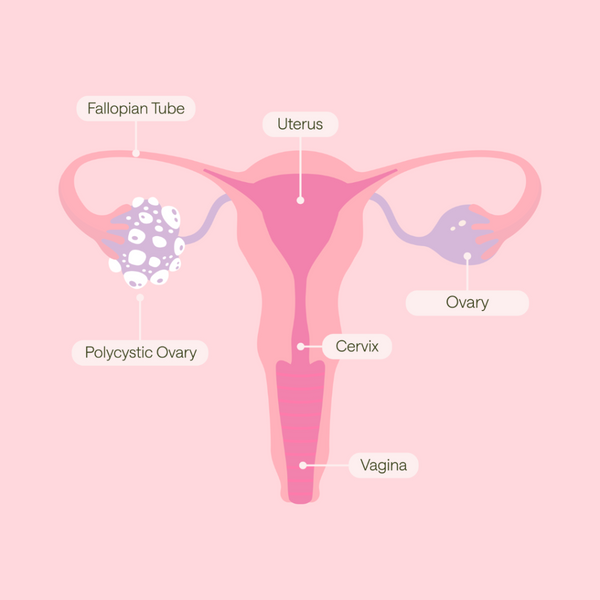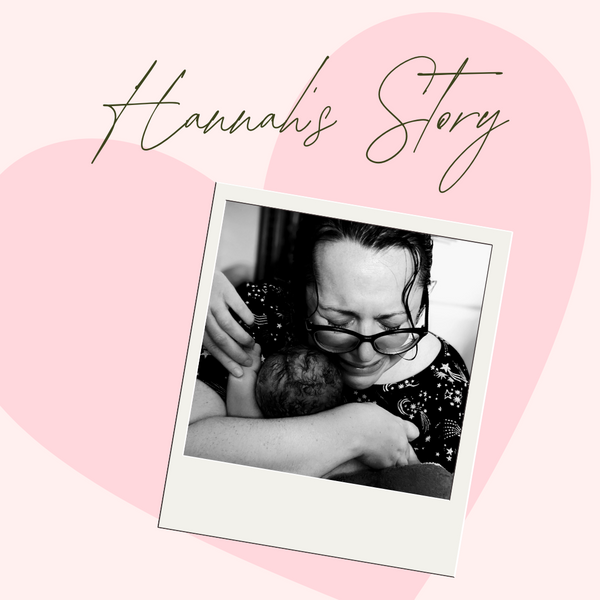Let’s start with some reassuring news: Milia are nothing to worry about!
A sigh of relief, in and amongst everything else you must worry about with a new baby!
Also known as baby milk spots, milia is one of the most common skin conditions in newborn babies, appearing as white spots on baby’s face.
And the good news is that no treatment is usually required to deal with milia in newborns. Simply follow your usual baby skincare routine, and you’ll have your baby looking and feeling great in no time!
So, now that we are not worrying about them, read on to find out:
- What milia are and how to know if that is what your baby has
- How common they are
- How to distinguish between milia and baby acne
- What causes milk spots
- How long they last
- If you can get rid of them
- How to prevent them
- And when you should be worried
What are baby milk spots & how to identify them?
Milia are small cysts. They form below the skin's surface and look like milk has been sprayed on their skin.
Most commonly, milia are found on the face from or soon after birth. They tend to be clustered around the nose, forehead and cheeks. But they can also be found elsewhere on the body, such as the upper arms, hand, foot, and mouth.
There may be just a few, or there may be lots of these tiny white cysts. Apart from their cosmetic appearance, they are completely harmless and painless to your baby.
Your healthcare provider, midwife, or doctor will be happy to examine your baby if you are concerned by the spots or are unsure if they are anything to worry about.
As a rule, the symptoms of milia will disappear within a few weeks. Unless accompanied by other symptoms, such as a fever, no treatment is required.
How common are newborn baby milk spots?
Milia are extremely common in newborns. It’s estimated that approximately half of all babies will be affected by this type of rash at or shortly after birth.
They are not caused by milk or food allergies, despite their nickname ‘milk spots’. In fact, the word ‘milia’ means ‘oil seeds’, so the phrase is totally unrelated to milk!
Most babies affected by milia will not be troubled by them and require no treatment. Milia will disappear by themselves within a few weeks.
Milk spots vs baby acne vs milia
Parents often worry that their baby has neonatal acne when they see the milia, as they appear as little white spots on newborn skin. But there are some distinct differences between milia and infantile acne. Knowing them will help you identify which condition is affecting your baby.
- Baby acne – spots on the skin's outer surface that are usually inflamed or red, with heads on them.
- Milia – are tiny white bumps under the skin's surface and do not form heads.
- Milia – are present from birth or appear within the first 2 weeks.
- Baby acne – appears between 2-6 weeks after birth.
- Milk spots is the common name for milia.
Neither baby acne nor milia are usually a cause for concern and should disappear by themselves.
Never be tempted to squeeze them, scrub them, or use any product not discussed with a healthcare professional. Doing so could cause scarring and long-term damage to your baby’s delicate skin.
What causes milk spots in babies?
Contrary to popular belief, milk spots are not caused by milk - either formula or breast milk!
The name milk spots is a nickname given to a condition called milia, simply because they look like your baby has been sprayed with a fine mist of milk.
So, what causes milk spots? Experts have suggested the following causes:
- Dead skin cells that have been trapped causing cysts under the skin
- Hormones passed from mother to baby during pregnancy
- Immature skin glands that cause blocked pores
But a definitive cause has never been established.
You can do nothing to prevent them from occurring. They are no cause for concern, require no medical treatment, and cause no long-term skin damage or scarring. So, there is no need for milia to cause any worries.
How long do milk spots last on babies?
Some babies are born with milk spots, whereas others develop them over their first 2 weeks of life.
Milk spots usually disappear by themselves within a few weeks and, in some cases, months.
If the milk spots are still present at 6 months, you can consider requesting a referral to a paediatric skin specialist.
How do you get rid of milk spots on babies?
Milk spots will usually disappear without any treatment.
However, keeping baby’s skin clean using warm water alone or warm water with a mild and gentle baby-specific cleansing product, such as our Mega Mild Cleansing Wash, can help to prevent their delicate skin from drying out from irritation and can help to soothe and protect it.
Avoid using adult skincare products, which may damage the baby’s skin and disturb the delicate balance of the healthy bacteria needed to protect it. Learn more about the difference between adult and baby skin.
Preventing milia
Approximately 50% of babies will be affected by milk spots. Many of these babies will have been born with them, so parents can do nothing to prevent these occurrences.
You can reduce the risk of recurrences or later breakouts by:
- Keeping baby’s skin clean with warm water alone or warm water with a mild and baby-specific cleansing wash.
- Patting baby’s skin dry gently.
- Avoid using creams, oils and lotions on your baby’s skin unless prescribed by a paediatric skin specialist.
NEVER squeeze or try to pop milk spots. Doing so can damage your baby’s fragile skin, cause scarring, and may lead to an infection and cause unnecessary pain.
Should I worry about milk spots on my newborn?
As a rule, there is no need to be concerned about milk spots on your baby. They are harmless and do not need medical treatment.
However, if the spots appear inflamed or infected, or your baby has other symptoms, such as a raised temperature (above 38 degrees Centigrade), you should seek advice from your GP.
Key takeaways
Milk spots (milia) are extremely common amongst newborns and are not considered harmful or contagious.
If left alone, they will usually disappear within a few weeks, and it’s unlikely they’ll require any medical treatment.
You can use gentle baby-specific products such as those in our baby skincare range on the affected areas. But it is important to avoid anything harsh or abrasive or any products that have not been approved for use on the very delicate skin of babies. Otherwise, your baby’s skin could be damaged or become infected.
For more information about caring for your baby’s skin, visit the My Expert Midwife blog.



















